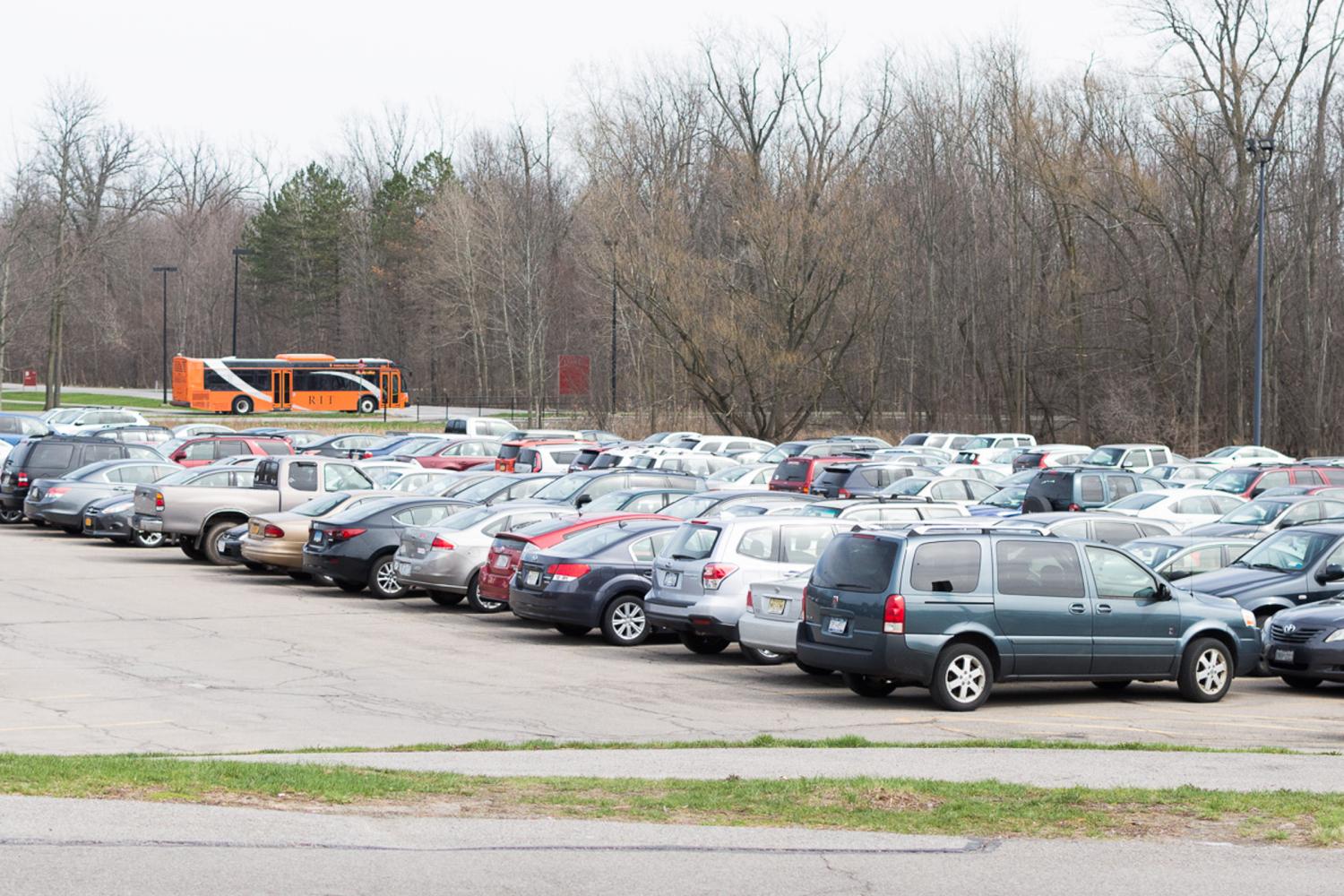Lyft Up Our Roads
by Kendra C Murphy | published Apr. 20th, 2017
You’re an unlicensed college freshman in a strange new town. Stranded by the mysteries of the bus system and unable to fend for yourself, you reach into your pocket for the modern world’s universal solution: your smartphone. Quickly, calmly, you prepare to call an affordable savior.
And after years of waiting, ridesharing services such as Lyft and Uber are almost upon us, to help with this need.
Although Uber, Lyft and similar services did struggle to be allowed to legally operate their business, most major cities and states are now serviced by them, including New York City. Why, then, was New York state forgotten for so long?
Uber, Lyft and other ride-sharing companies are examples of how the Internet has connected individuals to find new ways to solve old problems. Crowdsourcing and the shared economy are powerful new methods. As they are very different business models than traditional taxicab companies, these new businesses have been termed "transport network companies" in legal discussions. Uber and Lyft have swept through the U.S. and now operate in all 50 states except for three: Wyoming, Alaska and New York. They have even begun to operate outside the U.S. Uber operates in a staggering list of cities across the globe, from Lima to Perth.
But this is soon about to change. Recently, a tentative bill was put into effect which will allow you to summon a car through your smartphone. These ride-sharing companies will slowly begin to make their way through the rest of New York beginning in July. It was tucked into the state budget passed on Saturday, April 8th and it will take about 90 days for it to become fully enacted.
However, the expansion will take time, with Uber and Lyft considering their strategies based on demand in certain areas. Lyft, for example, has yet to determine whether it will do a state-wide release or if they will move throughout the state incrementally due to the driver supply. Uber hopes to launch throughout most of the state, with hopes of the entire state if demand proves strong enough.
New York City saw its first motorized, quintessential yellow taxicabs in 1907. The taxi industry grew into a lucrative trade. Like any capitalist business, its primary goal is profit, even as its customers clamor for the legalization of transportation network companies. Many of today's taxi drivers are resistant to transportation network companies for fear of job security. Companies like Uber and Lyft, however, are much more responsive to the economy’s swings of supply and demands and their democratic business models allow anyone who passes the proper safety regulations to be in business. All around, this new mode of transportation helps the roads become a smoother place.
Uber and Lyft, however, also require safety measures for their employees. Drivers must be registered, licensed and have their backgrounds thoroughly checked.This may mean that it will take a little while to gain a sufficient amount of drivers for these services before they are fully released throughout the state.
Earlier this year, New York state Governor Andrew Cuomo unveiled a new plan for expanding transport network companies to the rest of New York in his annual State of the State address. "My message is upstate New York matters and it's not right or fair that upstate doesn't have this new innovation that spurs the economy, can save money and save lives," said Cuomo in his efforts to bring ridesharing to the rest of the state.
Cuomo’s original plan was to have the state regulate transport network companies, instead of local governments which regulate taxi companies. On Feb. 6, the state senate voted to allow transport network companies to expand across New York. The senate voted to also delegate the power to regulate these companies to the state, as well as lower the tax that Cuomo had originally placed on the companies. Complications soon arose, however. Insurance laws vary greatly across the U.S. and New York’s own insurance laws are quite peculiar, which is why it has taken so long to bring ridesharing to the rest of New York. Now that the squabbling over insurance has ended, the process will move much faster from here. Theoretically at least.
Counties within New York still have the ability to opt-out of the service if they chose. This was a compromise included in the bill for Assembly Democrats who wanted local governments to have control over the industry. Rochester Mayor Lovely Warren has been a proponent of these ride sharing services, however, so it would be unlikely if Rochester chose to opt-out.
There will be a 4 percent state tax placed on each trip, along with a 2.5 percent charge as compensation for your driver. If you care to drive and make some extra money for college expenses, you need to be at least 19 and have a license and insurance. Extensive criminal checks will also be used on drivers. The DMV is currently undergoing a process to allow people to sign up as drivers, and will be working over the next 90 days to get that in place.
RIT has their own chapter of the New Yorkers for Ride-sharing Coalition (NYRC), which helped to bring notice to New York state's desire. NYRC is an alliance of businesses, charities and individuals committed to pushing for ride-sharing to be legalized across the state. RIT's student government president, Andrea Shaver, is a member herself, and helped to convince others of the need that college students have of such services . Rochester has a lot to offer and enjoying the city we live and study in will be much easier when Uber and Lyft hit our streets.



